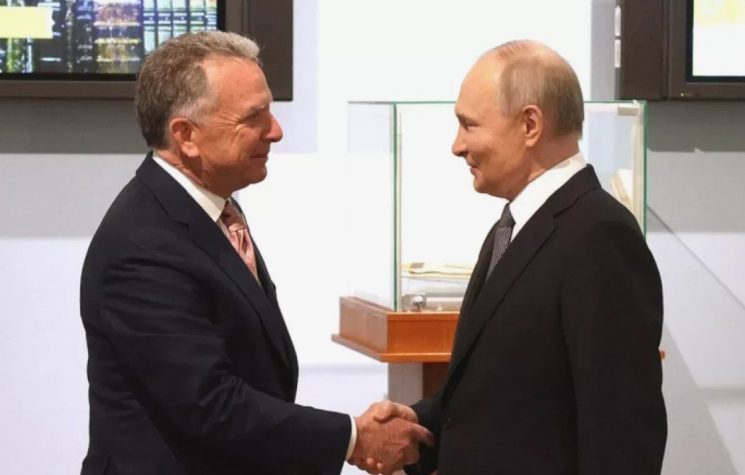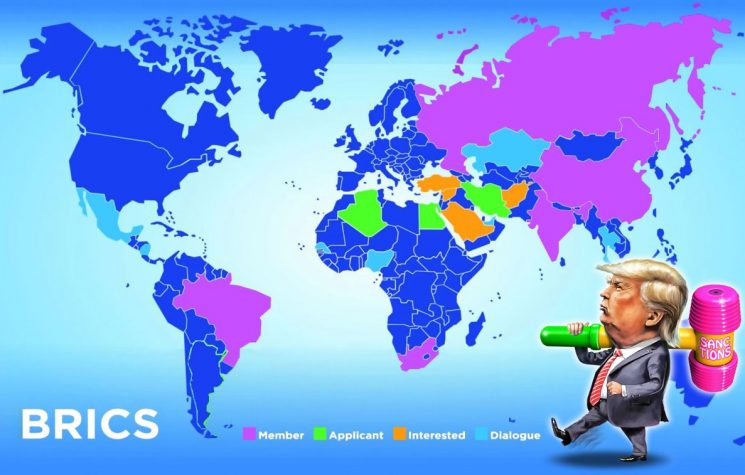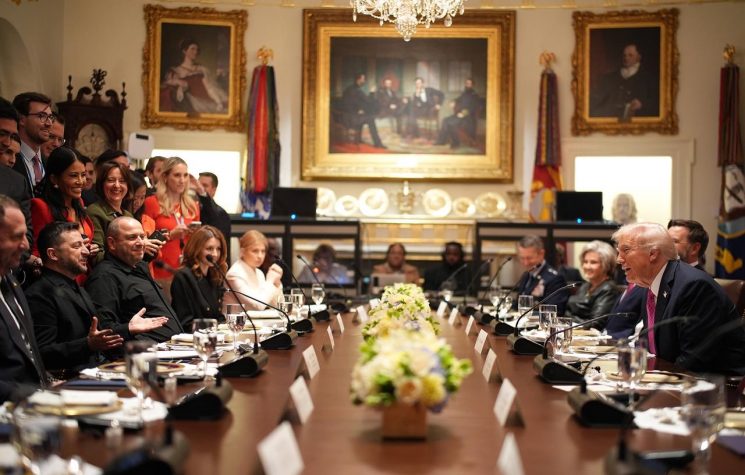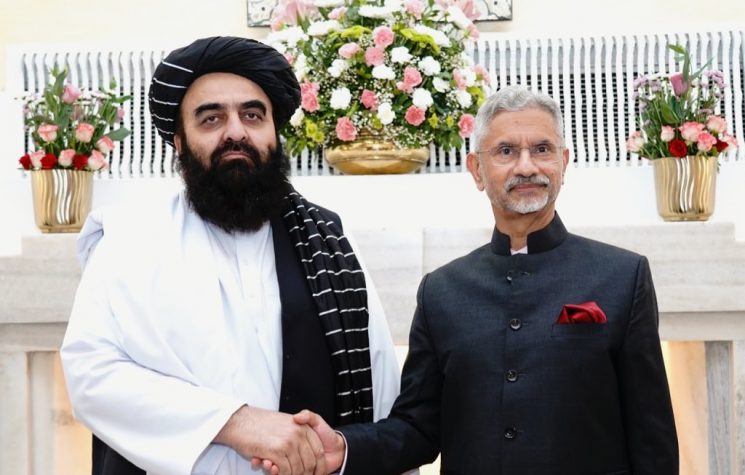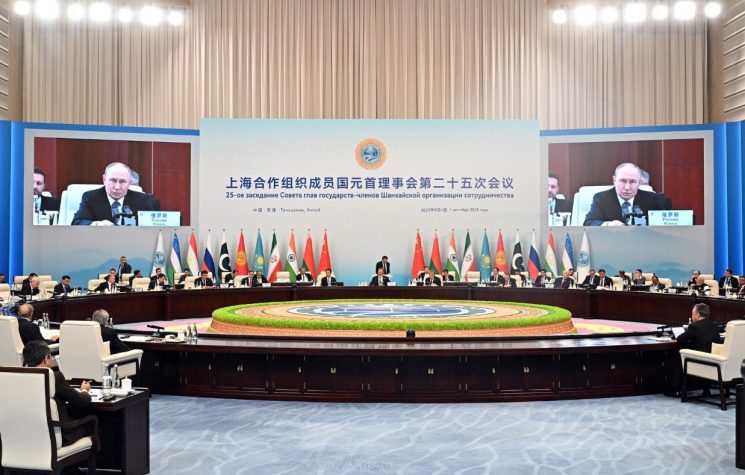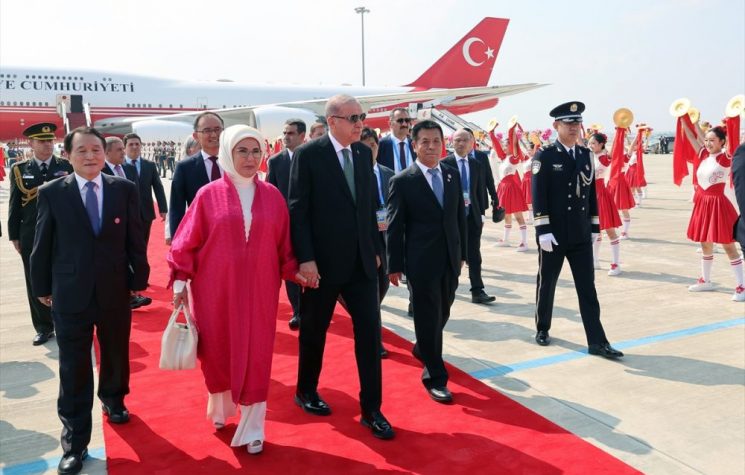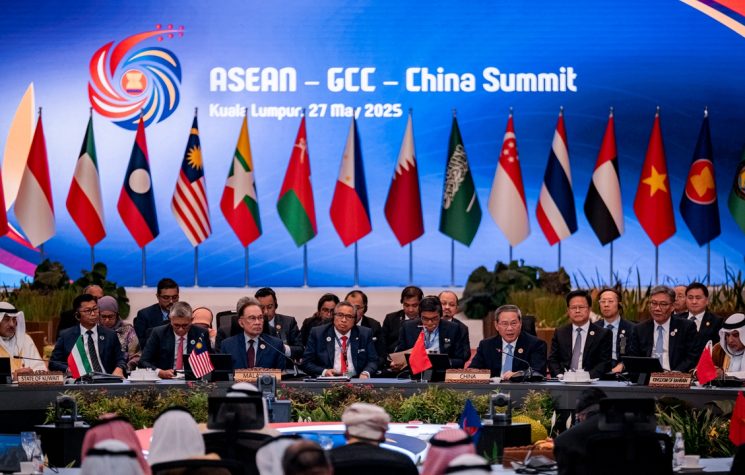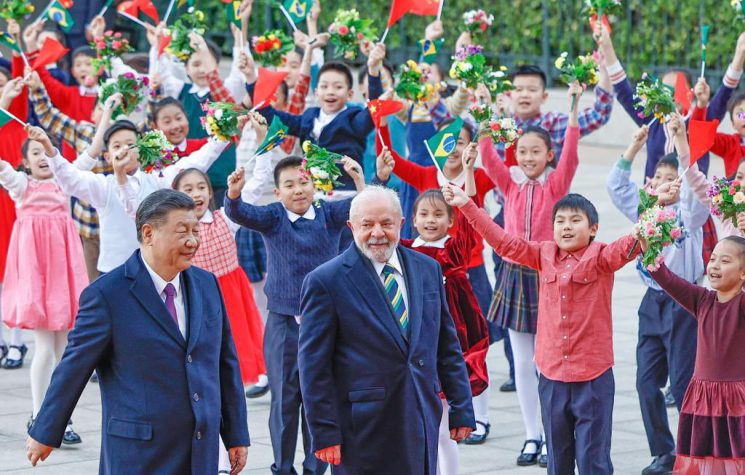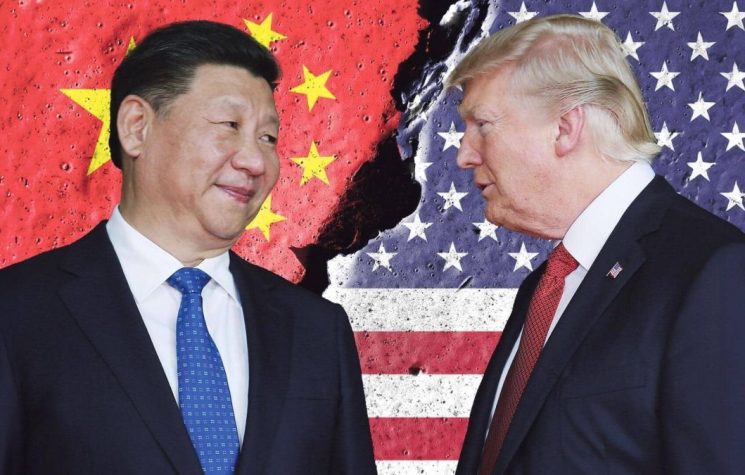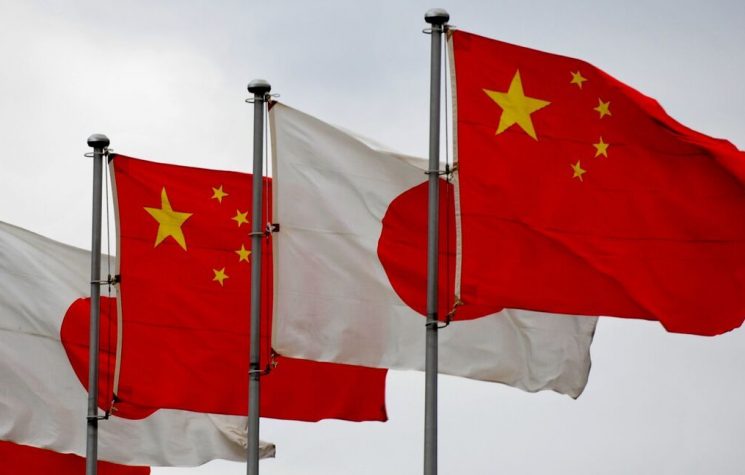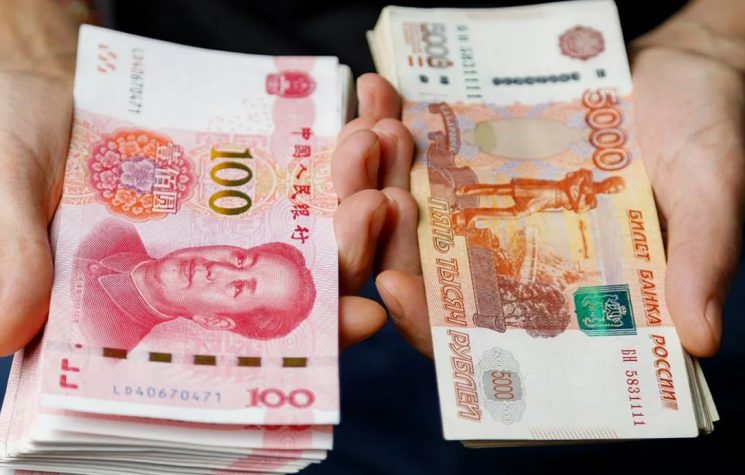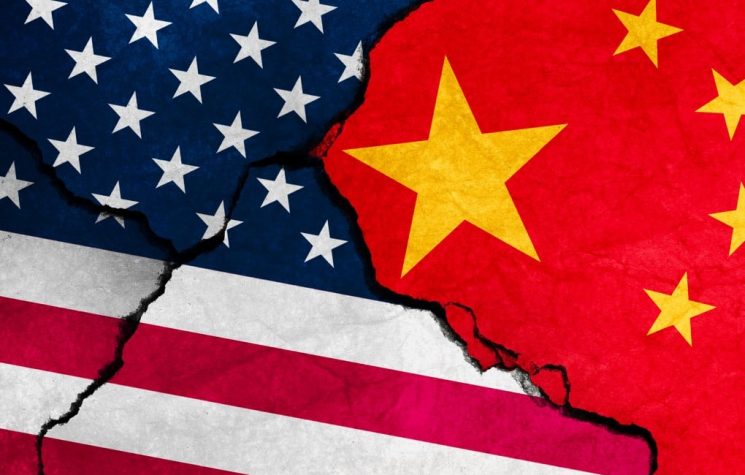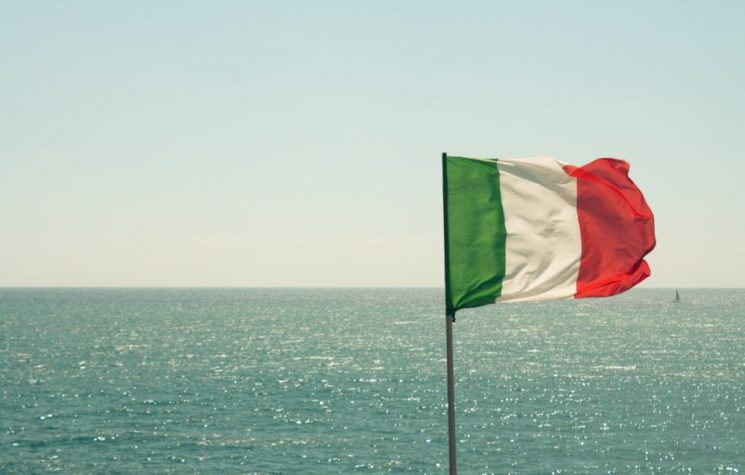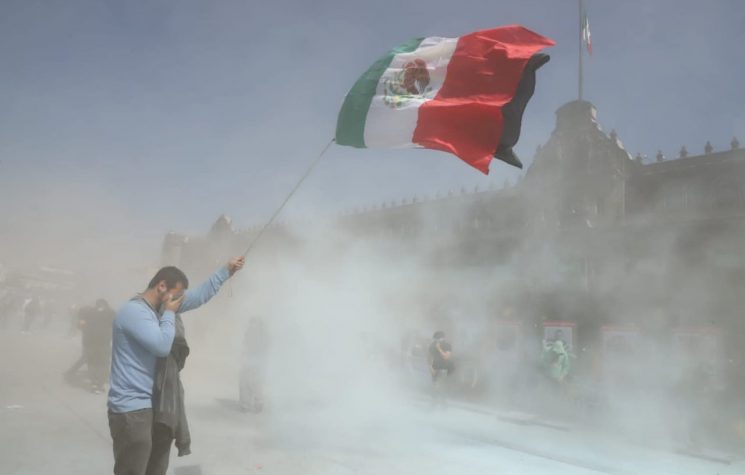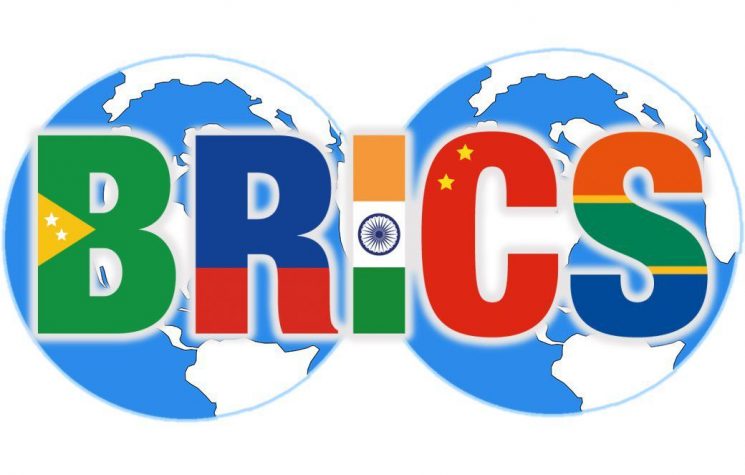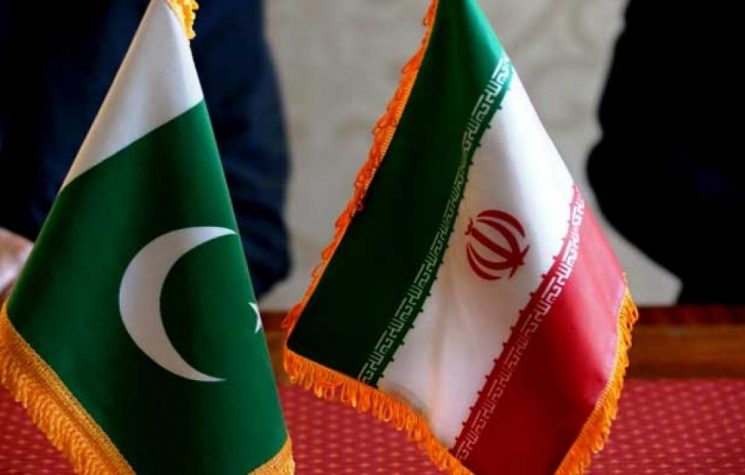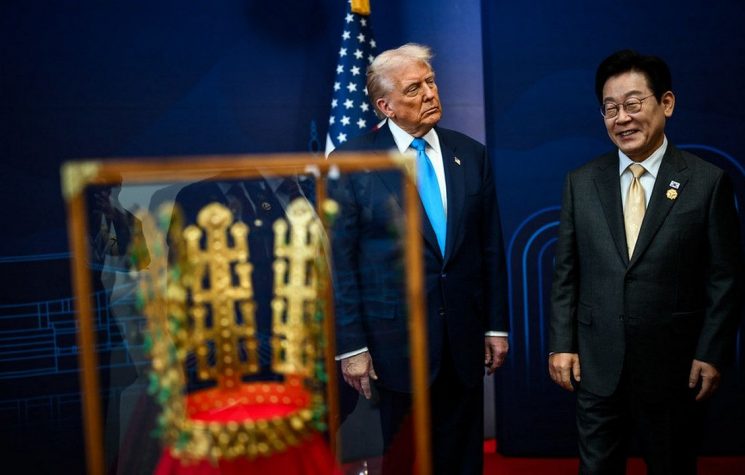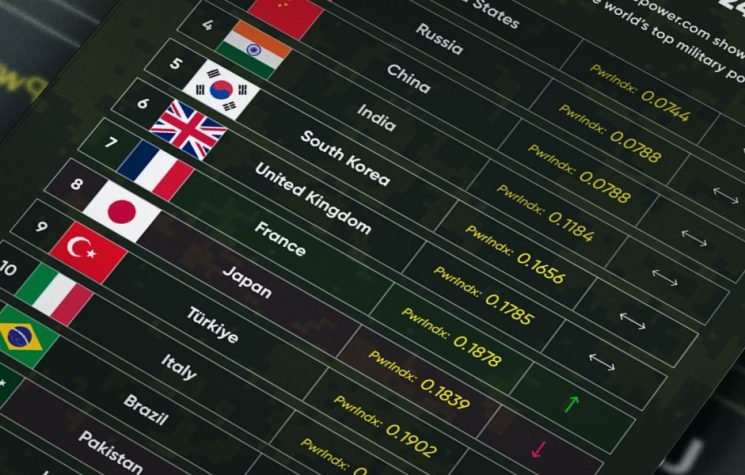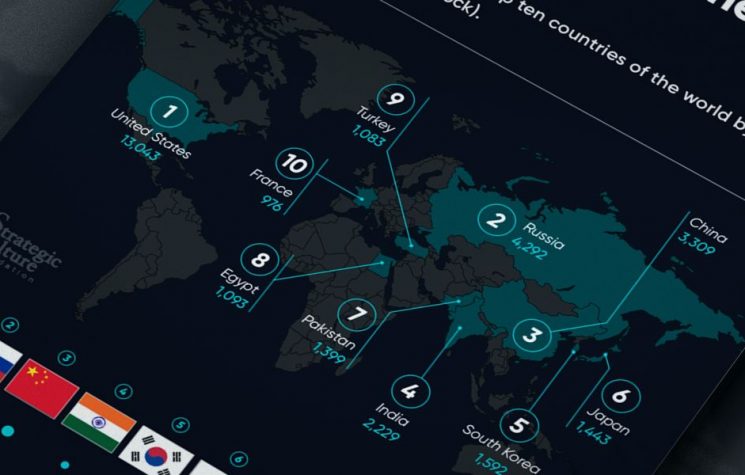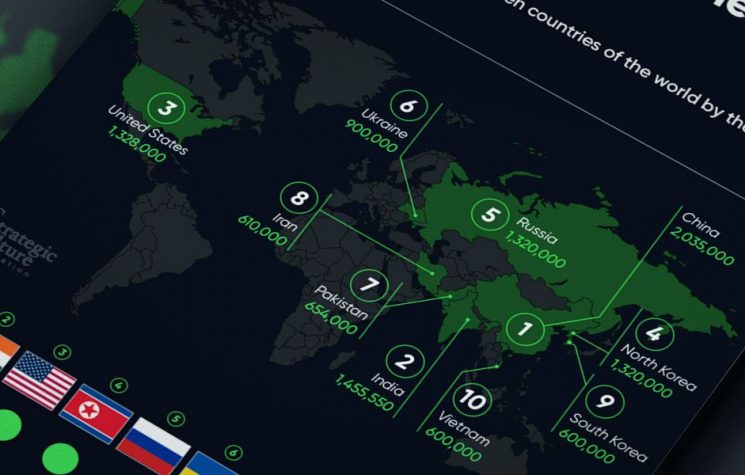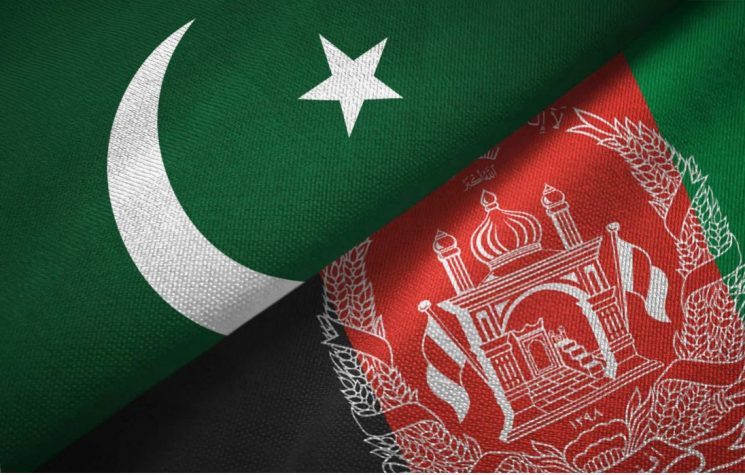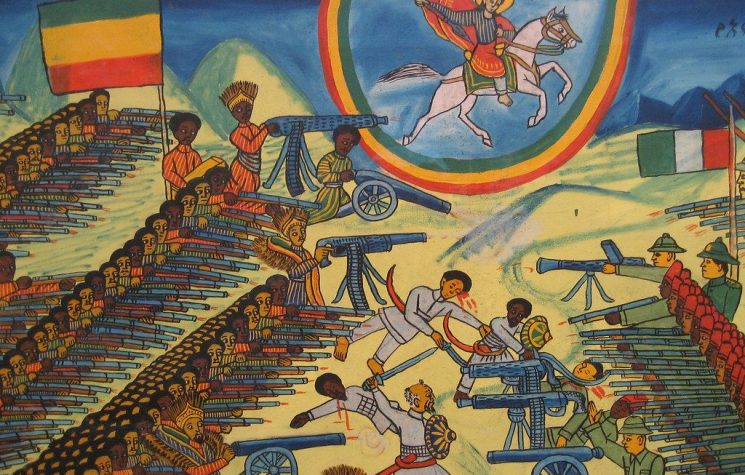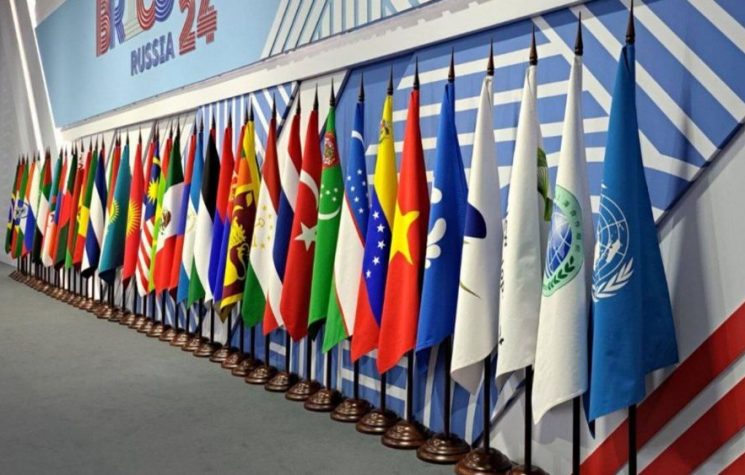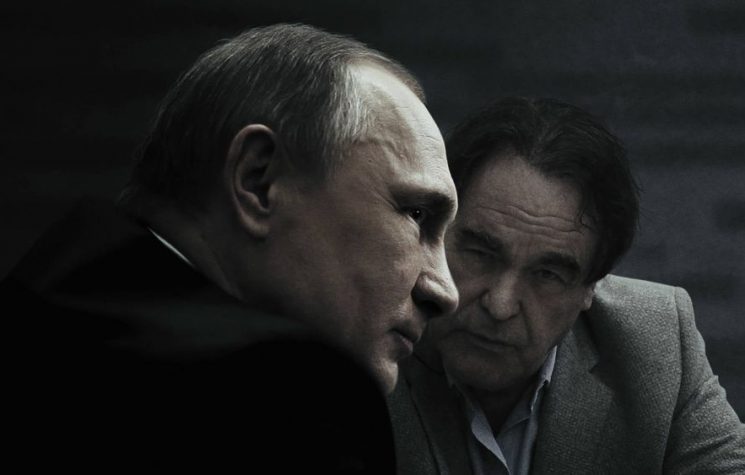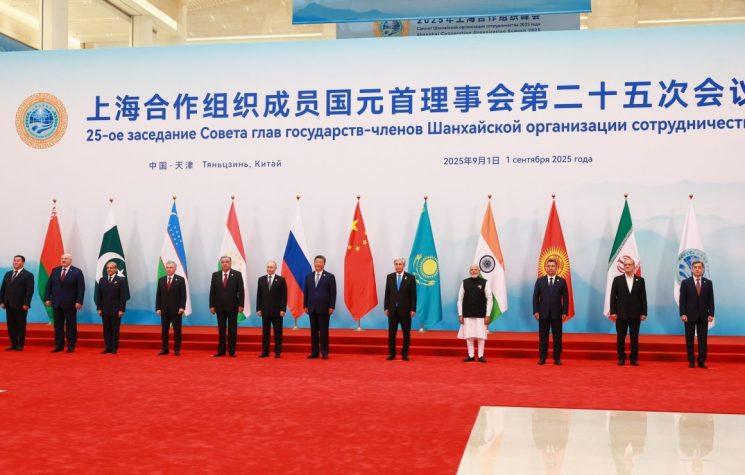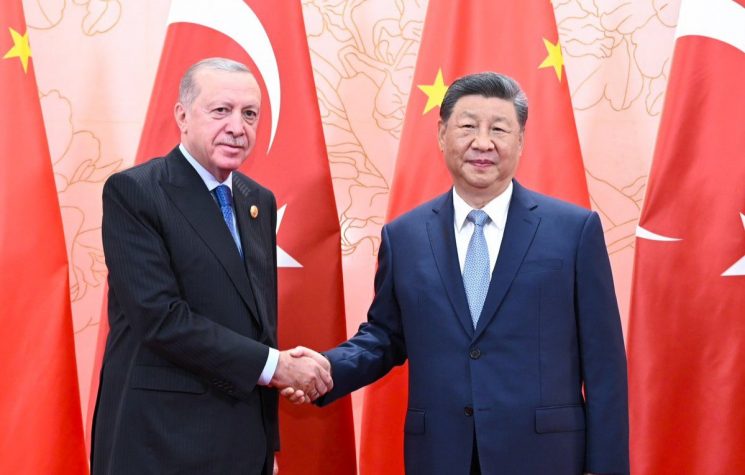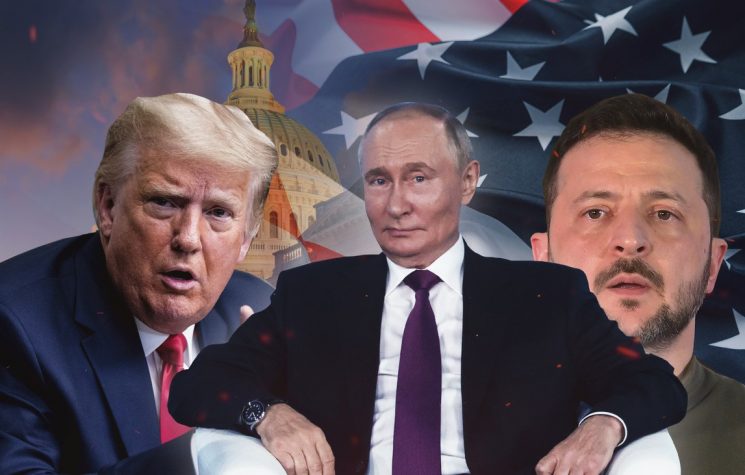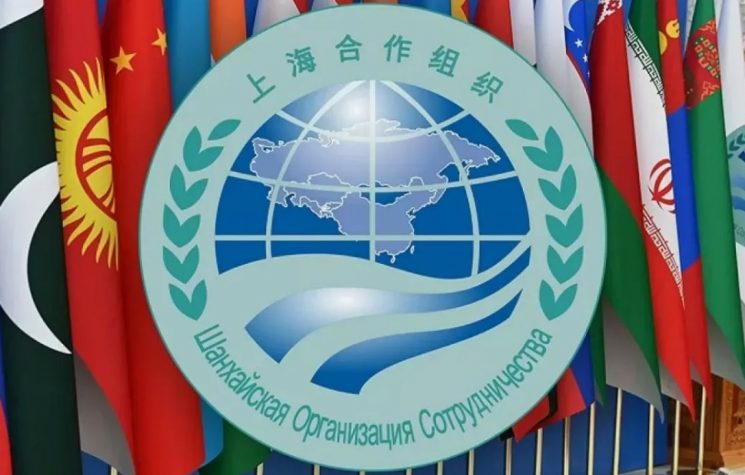Indivisibility of security as envisaged by Russia-China amounts to the de facto application of the UN Charter. The result would be peace on a global level – and by implication the death knell to NATO
Contact us: info@strategic-culture.su
One week before the absolutely crucial BRICS summit in Kazan, the Shanghai Cooperation Organization (SCO) held a summit in Islamabad.
This convergence is important in more ways than one. The summit in Pakistan involved the Council of the Heads of Government of SCO member-states. Out of it came a joint communique stressing the need to implement decisions taken at the SCO annual summit last July in Astana: that’s where the heads of state actually gathered, including new SCO full member Iran.
China, following the rotating SCO chairmanship of close ally Pakistan – now under a dodgy administration fully endorsed by the military goons who keep ultra-popular former Prime Minister Imran Khan in jail – has officially taken over the SCO presidency for 2024 to 2025. And the name of game, predictably, is business.
The motto of the Chinese presidency is – what else – “action”. So Beijing took no time to start promoting further, faster synergy between the Belt and Road Initiative (BRI) and the Eurasia Economic Union (EAEU), whose predominant power is Russia.
Cue to the Russia-China strategic partnership fast advancing trans-Eurasia economic corridors. And that brings us to a couple of key connectivity subplots featured prominently at the Islamabad summit.
Riding the steppe
Let’s start with the fascinating Steppe Road – which is a Mongolian idea crystalizing as an upgraded economic corridor. Mongolia is an observer at the SCO, not a full member: reasons for it are quite complex. Still, Russian Prime Minister Mikhail Mishustin raved about the Steppe Road with his SCO interlocutors.
The Mongolians came up with the idea of a Taliin Zam (“Steppe Road” in Mongolian) back in 2014, containing no less than “Five Great Passages”: a maze of transport and energy infrastructure to be built with investments totaling at least $50 billion.
These include a 997 km-long transnational expressway linking Russia-China; 1,100 km of electrified railway infrastructure; the expansion of the – already running – Trans-Mongolian Railway from Sukhbaatar in the north to Zamyn-Uud in the south; and Pipelineistan of course, as in new oil and gas pipelines linking Altanbulag in the north to Zamyn-Uud.
Mongolian Prime Minister Oyun-Erdene Luvsannamsrai was as enthusiastic as Mishustin, announcing that Mongolia has already finalized 33 Steppe Road projects.
These projects happen to neatly align with Russia’s own Trans-Eurasian Corridor – a connectivity maze which includes the Trans-Siberian Railway, the Trans-Manchurian Railway, the Trans-Mongolian Railway and the Baikal Amur Mainline (BAM).
Back in July at the SCO summit, Putin and Mongolian President Ukhnaagiin Khurelsukh spent quite some time discussing the finer strategic points of Eurasian logistics.
Then Putin visited Mongolia in early September for the 85th anniversary of the joint Soviet-Mongolian victory over the Japanese at the Khalkhin Gol River. Putin was received as a rock star.
All that makes perfect strategic sense. The Russia-Mongolia border is 3,485 km-long. The USSR and the Mongolian People’s Republic established diplomatic relations over a century ago, in 1921. They have been working together on key projects such as the Trans-Mongolian gas pipeline – yet another Russia-China connection; modernization of the Ulaanbaatar Railway joint venture; Russia supplying fuel to the new Chinggis Khaan International Airport; and Rosatom building a nuclear power plant.
Mongolia harbors the proverbial wealth of natural resources, from rare earth minerals (reserves may reach an astonishing 31 million tons) to uranium (prospective reserves of 1.3 million tons). Even as it applies what is called the Third Neighbor approach, Mongolia needs to maintain a careful balancing act, as it is on the radar non-stop of the US and the EU, with the collective West pressing for less Eurasia cooperation with Russia-China.
Naturally Russia holds a major strategic advantage over the West, as Moscow not only treats Mongolia as an equal partner but can provide its neighbor’s needs when it comes to energy security.
What makes it all even more enticing is that Beijing envisions the Steppe Road as “highly consistent” with BRI, complete with the proverbial enthusiasm hailing the synergy and “win-win cooperation” between both projects.
This is not a military alliance
Complementing the Steppe Road drive, Chinese Premier Li Qiang went to Pakistan not only for the SCO summit but with a connectivity priority: advancing the next stage of the $65 billion China Pakistan Economic Corridor (CPEC), arguably BRI’s flagship project.
Li and his Pakistani counterpart Sharif finally inaugurated the strategically crucial, Chinese-financed Gwadar International Airport in southwest Balochistan – against all odds plus intermittent raids by CIA-funded separatist Baloch guerrillas.
CPEC is an extremely ambitious multi-level infrastructure development project encompassing several nodes starting from the China-Pakistan border in the Khunjerab pass, down through the – upgraded – Karakoram highway and descending south across Balochistan all the way to the Arabian Sea.
In the future CPEC may even include a gas pipeline from Gwadar going up north all the way to Xinjiang – further easing China’s reliance on energy transported across the Strait of Malacca, which could be blocked by the Hegemon in no time.
The pre-BRICS SCO summit in Pakistan once again reiterated the synergy of several aspects concerning both multilateral bodies. SCO member states – from the Central Asians to India and Pakistan – overwhelmingly understand Russian reasoning when it comes to the inevitability of the Special Military Operation (SMO).
The Chinese position, officially, is a marvel of equilibrium and suave ambiguity; even as Beijing stresses the support for the principle of national sovereignty, it has not condemned Russia; and at the same time it has never directly blamed NATO for the de facto war.
Geoeconomic connectivity is very much the priority for top SCO powers and strategic partners Russia-China. Since the early 2000s the SCO has evolved from counter-terrorism to geoeconomic cooperation. Once again in Islamabad it was clear that the SCO will not turn into a military alliance in an anti-NATO mold.
What matters most now for all members, apart from geoeconomic cooperation, is to combat the West’s war of terror – bound to go on overdrive with the imminent, humiliating failure of Project Ukraine.
A mechanism that could further solidify the SCO and pave the way for a merger with BRICS further on down the – rocky – road is the Chinese concept of Global Security Initiative, which happens to dovetail with the Russian concept presented to – and rejected by – the US in December 2021, only two months before the inevitability of the SMO.
China proposes to “uphold the principle of indivisible security” as well as “build a balanced, effective and sustainable security architecture” and firmly oppose “the building of national security on the basis of insecurity of other countries”. That’s something that every member of the SCO – not to mention BRICS – subscribes to.
In a nutshell, indivisibility of security as envisaged by Russia-China amounts to the de facto application of the UN Charter. The result would be peace on a global level – and by implication the death knell to NATO.
While indivisibility of security still can’t be adopted Eurasia-wide – as the Hegemon deploys a war of terror in several fronts to undermine the emergence of a multi-nodal world – win-win cross-border connectivity keeps on rolling, from the Steppe Road to New Silk Road corridors.












